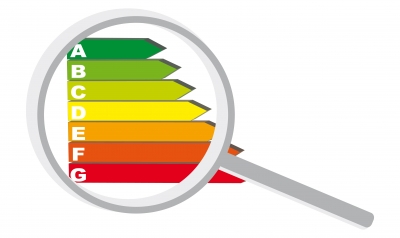
SAP will let you install cooling in your dwellings but the real impact could be much bigger.
SAP, the UK’s calculation methodology for compliance with Part L in dwellings, added the calculation for space cooling in SAP 2009. The calculation follows similar steps to the space heating energy calculation. From a technical basis, this is sensible and has been largely accepted. However, an important assumption to note is that the cooling system in SAP is calculated as running for 6 hours a day for 3 months and with a set point of 24°C. The carbon associated with cooling is therefore very small and doesn’t generally need substantial enhancements elsewhere in the specification to enable compliance.
But what happens in reality? Where cooling is installed it is generally to lower set points (e.g. 22oC), plus with effects such as global warming and the urban heat island increasing, running hours are getting longer than what SAP calculates. All this means that the real energy use, and therefore carbon emissions and costs, are higher than the SAP predictions. So while passing Building Regulations may not be too challenging, it’s worth thinking about how cooling systems really perform.
Posted on March 9th, 2021
Author: Nikhil Doshi
Related services: SAP (Domestic), Specialist Environmental Reports, Thermal Modelling,